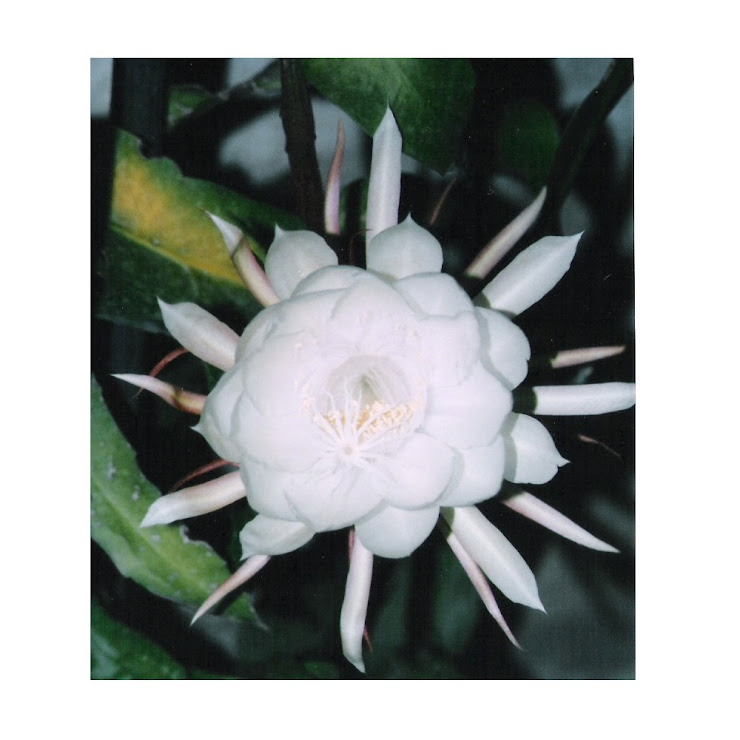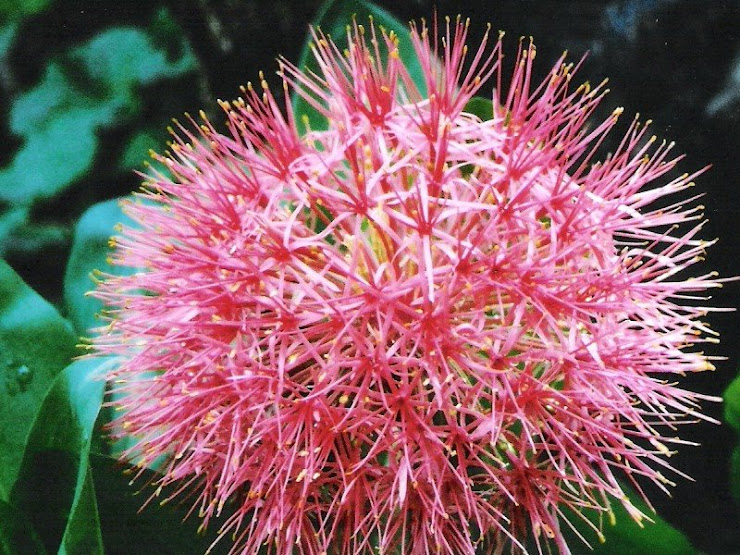BAMBOO
GROWING
Bamboos come in over a thousand different species and dozens of garden varieties are wonderful, mysterious and elusive plant that baffles taxonomists who try to contain it within a botanical class and gardeners who try to contain it within a limited garden space as they learn how to grow bamboo.
For many years, bamboo was thought to be a primitive grass but recent DNA testing has shown it to be one of the most highly evolved forest grasses. There are over 1200 forms of bamboo that grow in a broad spectrum of color including the familiar green and gold as well as burgundy, blue and even black grasses.
In eastern Asia they are used for almost everything from building homes, to making furniture and their shoots are even used in cooking. There are two distinct types of bamboo - clumping and running. If growing bamboo in your garden, it is important to understand the differences.
Running bamboos
Note: Galvanised iron is
not suitable because the rhizomes will eventually find the joins and also
because it will rust over time.
Eradication
Propagation
Bamboos rarely set seed and so have to be propagated from cuttings or from pieces of rhizome (root-like subterranean stems). This makes some of the clumping bamboo varieties quite expensive to purchase.
Suggested Varieties

The first step in learning how to grow bamboo is picking a cultivar and beginning to unravel its many mysteries. While most of us picture tall stands of green and golden canes growing in tropical bamboo forests, bamboo cultivars range from the temperate to the tropical.
Bamboo has over 1500 documented uses that range from use in construction to the making of acupuncture needles and from agricultural fodder to the making of musical instruments. Until they are cut, bamboos stems are properly called culms and not canes.
In India bamboo plants are commonly called the 'Wood of the poor' and in China the" friend of the people'. To add to the confusion, a cultivar commonly sold as “lucky bamboo" isn’t bamboo at all but a type of lily from the Dracaena family!
Unluckily for bamboo, it has the reputation for being an invasive plant, growing from running rhizomes. Although this is true for some cultivars, the most cold-hardy plants don’t run at all, but grow from well-behaved clumps with well-established root systems.
One thing that bamboo cultivars do have in common is that they are perennial plants. As noted above, some bamboos varieties are temperate and some are tropical. Because its diversity, it’s easy to find a suitable cultivar when you want to learn how to grow bamboo. Bamboo cultivars range from those that grow indoors to outdoors, in a garden or in a container, in bright light or shade.
Two considerations in knowing how to grow bamboo successfully are water and air. All true bamboos are grasses and won’t grow in saturated soils. They also need air circulation to thrive. In fact, some bamboo growers raise the pots of their small cultivars on chopsticks to provide air circulation under the plant as well as around it. Large pots are often elevated with heavy dowels.
The bamboo is a symbol of long life, strength and versatility for many cultures of the world. Unraveling its mysteries is a continuing source of enjoyment. When you know how to grow bamboo, you’ll find that your love for the plant grows as fast as your bamboo does!
Bamboo - you can wear it, you can eat it, you can build with it. Bamboo may increasingly replace plastics and wood products - what a marvellous gift from nature!
Consider bamboo alternatives when purchasing items - despite some ongoing debate about the exploitation of bamboo and associated production processes of bamboo goods, it's readily renewable, sustainable and still seems to have a lot less environmental impact than chemical-ridden crops, destruction of old growth forests and petroleum-derived materials.
Bamboos come in over a thousand different species and dozens of garden varieties are wonderful, mysterious and elusive plant that baffles taxonomists who try to contain it within a botanical class and gardeners who try to contain it within a limited garden space as they learn how to grow bamboo.
For many years, bamboo was thought to be a primitive grass but recent DNA testing has shown it to be one of the most highly evolved forest grasses. There are over 1200 forms of bamboo that grow in a broad spectrum of color including the familiar green and gold as well as burgundy, blue and even black grasses.
In eastern Asia they are used for almost everything from building homes, to making furniture and their shoots are even used in cooking. There are two distinct types of bamboo - clumping and running. If growing bamboo in your garden, it is important to understand the differences.
Clumping bamboos
Gardeners would be
wiser to stick to clumping types of bamboo despite the beauty of running
bamboos. The hedge bamboo (Bambusa multiplex) comes in different forms
including 'Fernleaf Stripestem' which has green stripes, 'Willowy' with more
arching branches and 'Alphonse Karr' with striped stems. All of these will make
good specimen plants or create privacy hedges. For a grander scale clumping
bamboo try Giant Buddha Belly (Bambusa vulgaris 'Wamin') which swells at the
lower joints giving a distinctive appearance or another form Painted Bamboo
(Bambusa vulgaris 'Vittata'), a yellow bamboo striped green. Propagation
Bamboos rarely set seed and so have to be propagated from cuttings or from pieces of rhizome (root-like subterranean stems). This makes some of the clumping bamboo varieties quite expensive to purchase.

The first step in learning how to grow bamboo is picking a cultivar and beginning to unravel its many mysteries. While most of us picture tall stands of green and golden canes growing in tropical bamboo forests, bamboo cultivars range from the temperate to the tropical.
Bamboo has over 1500 documented uses that range from use in construction to the making of acupuncture needles and from agricultural fodder to the making of musical instruments. Until they are cut, bamboos stems are properly called culms and not canes.
In India bamboo plants are commonly called the 'Wood of the poor' and in China the" friend of the people'. To add to the confusion, a cultivar commonly sold as “lucky bamboo" isn’t bamboo at all but a type of lily from the Dracaena family!
Unluckily for bamboo, it has the reputation for being an invasive plant, growing from running rhizomes. Although this is true for some cultivars, the most cold-hardy plants don’t run at all, but grow from well-behaved clumps with well-established root systems.
One thing that bamboo cultivars do have in common is that they are perennial plants. As noted above, some bamboos varieties are temperate and some are tropical. Because its diversity, it’s easy to find a suitable cultivar when you want to learn how to grow bamboo. Bamboo cultivars range from those that grow indoors to outdoors, in a garden or in a container, in bright light or shade.
Two considerations in knowing how to grow bamboo successfully are water and air. All true bamboos are grasses and won’t grow in saturated soils. They also need air circulation to thrive. In fact, some bamboo growers raise the pots of their small cultivars on chopsticks to provide air circulation under the plant as well as around it. Large pots are often elevated with heavy dowels.
The bamboo is a symbol of long life, strength and versatility for many cultures of the world. Unraveling its mysteries is a continuing source of enjoyment. When you know how to grow bamboo, you’ll find that your love for the plant grows as fast as your bamboo does!
Bamboo
– uses:
Bamboo is used in making baskets, bicycle frames, bird cages,
blinds, boats, bridges, brushes, buckets, canoes, carts, charcoal, chopsticks,
clothing, cooking utensils, diapers, fans, fences, firewood, fishing rods, food
steamer, furniture, garden tools, handicrafts, hats, incense, musical
instruments, paper, particle board, pens, pipes, ply ,roofing, scaffold,
tableware, toilets, toothpicks, toys, umbrellas, walking sticks and that's
really only just scratching the surface.
Another important use for bamboo is food. The shoots are used in
many Asian countries as a vegetable - sometimes eaten raw, or steamed and
boiled. I can't say I'm a big fan of it, but given a choice between a bowl of
bamboo shoots and a bowl of twigs, I'd certainly opt for the bamboo. China
makes beer from bamboo.
There also appears to be some medicinal applications for bamboo
- and even perfume is being made from the stuff!Bamboo - you can wear it, you can eat it, you can build with it. Bamboo may increasingly replace plastics and wood products - what a marvellous gift from nature!
Consider bamboo alternatives when purchasing items - despite some ongoing debate about the exploitation of bamboo and associated production processes of bamboo goods, it's readily renewable, sustainable and still seems to have a lot less environmental impact than chemical-ridden crops, destruction of old growth forests and petroleum-derived materials.













No comments:
Post a Comment